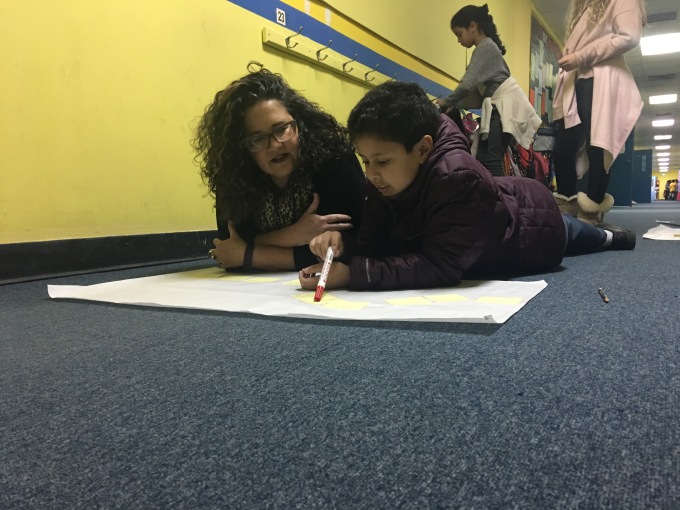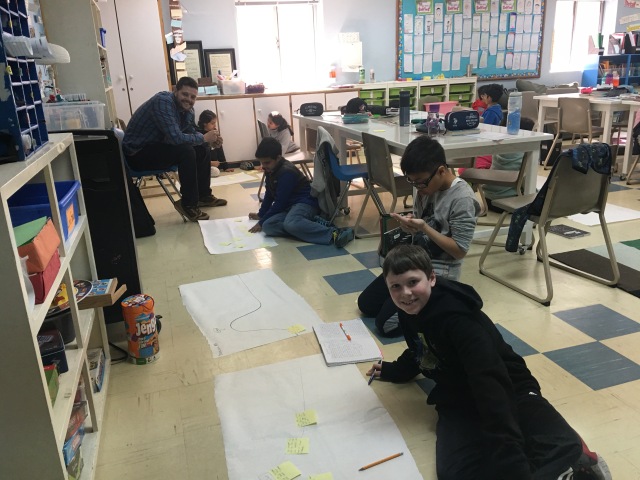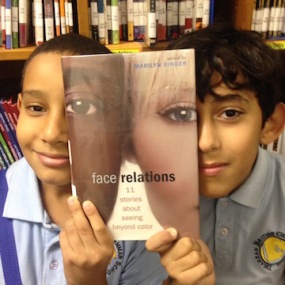 Hello, students. I know that most of you use Google on a regular basis. So do I! I can’t imagine a world without the instant gratification of typing a phrase in the search bar and finding the answer to my question. Because you all love finding information by doing an Internet search, it can be hard to shift directions and use online databases. You probably like performing a Google search because that’s what you’re familiar with, that’s how you’ve found information for research in previous classes, and that’s how you find information in your daily, personal research. I, for example, do hundreds of internet searches each week to find information. I can’t imagine my life without Google! When it comes to professional or academic research, however, I turn to databases.
Hello, students. I know that most of you use Google on a regular basis. So do I! I can’t imagine a world without the instant gratification of typing a phrase in the search bar and finding the answer to my question. Because you all love finding information by doing an Internet search, it can be hard to shift directions and use online databases. You probably like performing a Google search because that’s what you’re familiar with, that’s how you’ve found information for research in previous classes, and that’s how you find information in your daily, personal research. I, for example, do hundreds of internet searches each week to find information. I can’t imagine my life without Google! When it comes to professional or academic research, however, I turn to databases.
Here’s why some of you might have trouble switching over to using databases in your research:
- Database research takes time and effort to learn
- GOOD research takes time (it’s not quick and easy!)
- New databases are unfamiliar online environments
- Previous teachers might not have required it.
 So, why are are teachers asking you to use databases in their research?
So, why are are teachers asking you to use databases in their research?
Here’s why.
1. Anyone can post anything on the web. There’s no sure way to ensure that your first hit when searching for info on “embryos” won’t be the post that a 3rd grader in Australia did on his class blog. For scientific research, we want credible, timely information written by experts in the field. Databases have just that.
2. University research requires that you know how to use online databases. In order to acquire research and information fluency, you will need to apply digital tools to gather and use information. This is necessary in order to be successful in college. Teachers would be doing you all a disservice if you left our school not knowing now to navigate, search, and research within online databases.
3. Using a database uses time efficiently. If we were to do a google a search for, let’s say, “stem cell research”, we would get 120,000,000 hits. Who has enough time to sort through millions of webpages to find a credible site, especially when many of them are advertisements or business sites? Not me! I’d rather use a database that has a collection of articles written by experts in the field.
Finding information on an online databases might not be as “quick and easy” as conducting a familiar Google search. However, if you give it time, you will most likely be rewarded with credible sources and the added benefit of using your time more efficiently.

 By working together as a team, the two designers collaborated to find solutions, publishing a truly original children’s book that has reached not only our campus community, but a global audience.
By working together as a team, the two designers collaborated to find solutions, publishing a truly original children’s book that has reached not only our campus community, but a global audience.
 teachers. DEMS grade five students in Mr. Coleman’s class have been making classroom connections with storytelling by writing personal narratives that reveal creative tension and develop an emotional impact. Mr. Coleman and I developed the storytelling unit during shared planning time.
teachers. DEMS grade five students in Mr. Coleman’s class have been making classroom connections with storytelling by writing personal narratives that reveal creative tension and develop an emotional impact. Mr. Coleman and I developed the storytelling unit during shared planning time. Designed to challenge students to compare and contrast memorable stories and to find their own compelling stories to tell, the lessons have offered a way for students to dig deep to find the stories that
Designed to challenge students to compare and contrast memorable stories and to find their own compelling stories to tell, the lessons have offered a way for students to dig deep to find the stories that  offer meaning and important lessons to share. Based on Bernajean Porter’s
offer meaning and important lessons to share. Based on Bernajean Porter’s







 Thanks to everyone who participated and voted in our Facebook Book Cover Photo Contest! DEMS and DBGS students in Grades 4/5 and Years 5/6 participated in a book scavenger hunt and were photographed with their books. Here are the winners!
Thanks to everyone who participated and voted in our Facebook Book Cover Photo Contest! DEMS and DBGS students in Grades 4/5 and Years 5/6 participated in a book scavenger hunt and were photographed with their books. Here are the winners!








